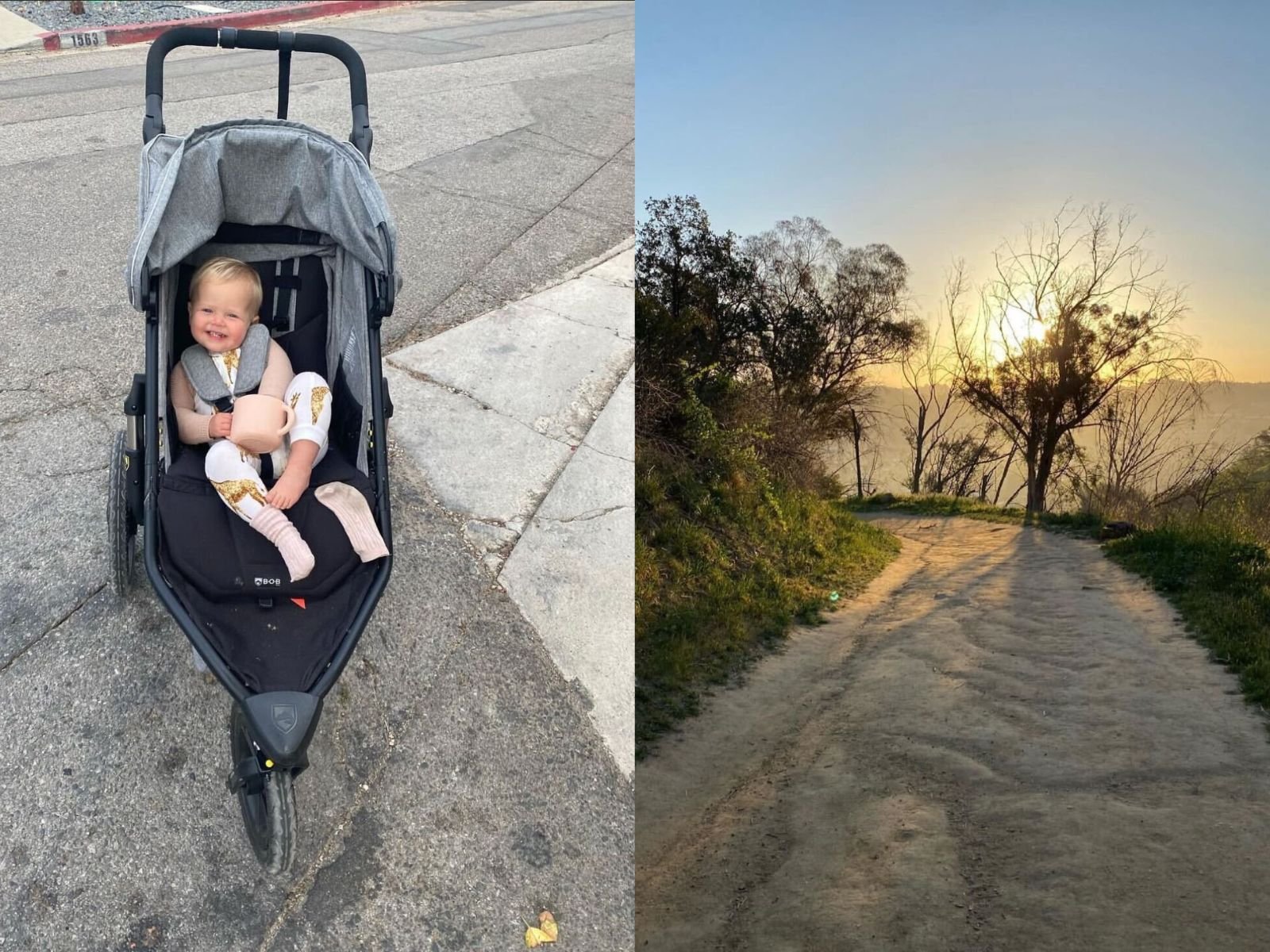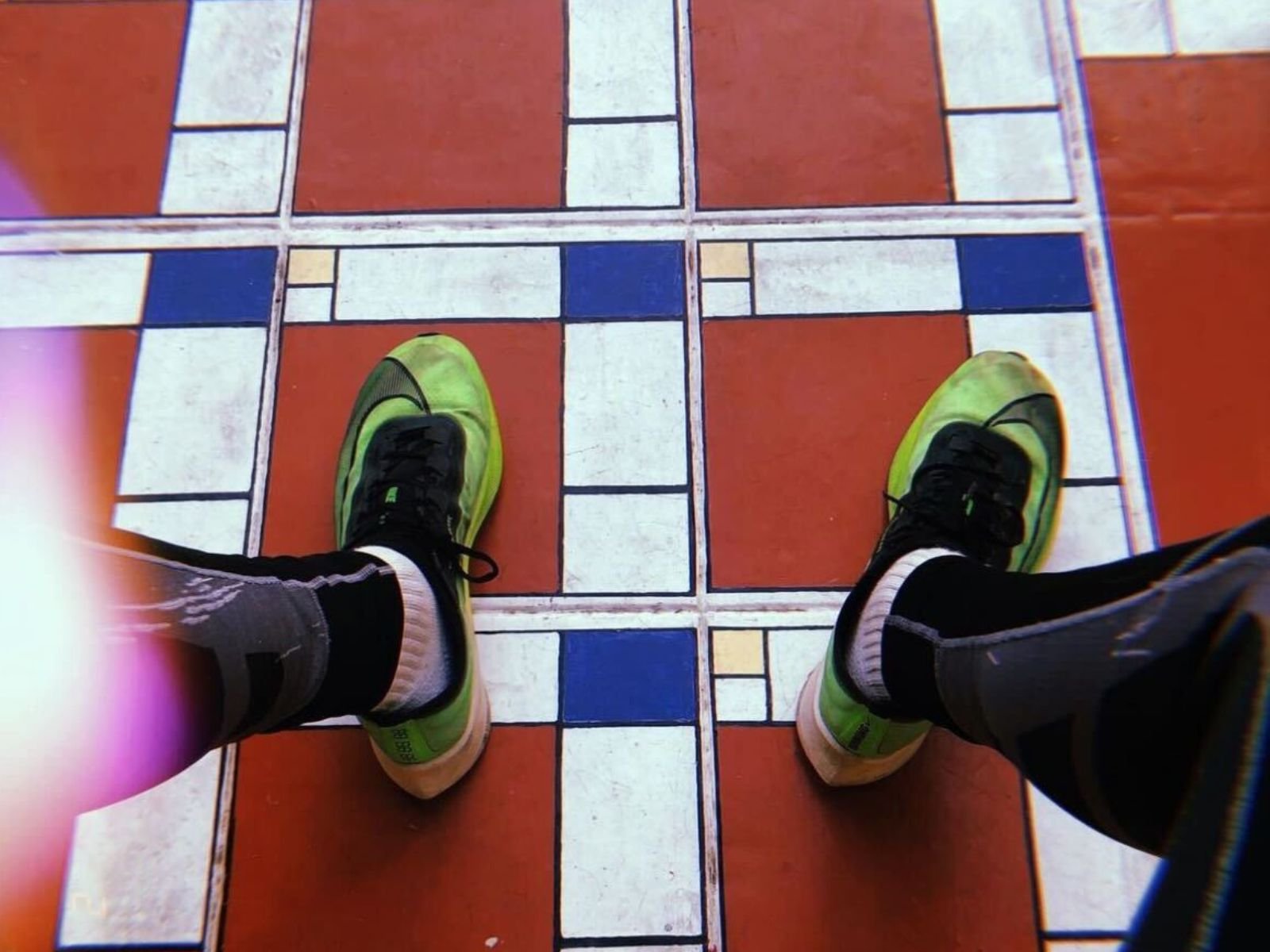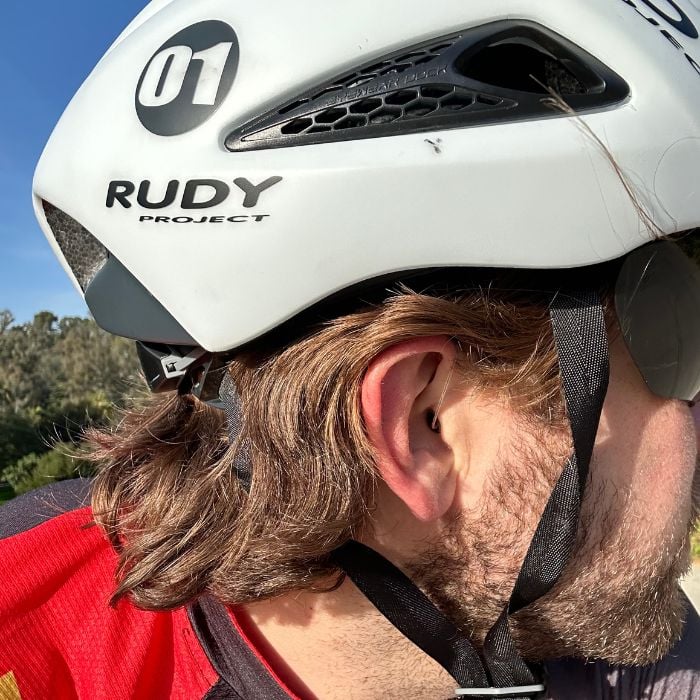For those of us who seek a runner’s high, the freedom of cycling through the wind, or the camaraderie found on the pickleball court, the thought of incorporating hearing aids into our active lifestyles can bring a slew of questions and concerns.
As both a hearing aid wearer and an avid lover of sports, I've navigated the challenges and discovered the joys of merging these two worlds. In this article I’ll address common questions and offer my advice for active individuals considering or currently using hearing aids.
Can I Run and Cycle in Hearing Aids?

Absolutely! Running and cycling with hearing aids not only is possible but can enhance your safety and enjoyment. I’ve put in hundreds of miles in my devices - usually with my daughter in the stroller in front of me.
Hearing aids improve your awareness of your surroundings, making it safer to navigate roads and trails. Whether you're dodging traffic or enjoying the solitude of a scenic path, hearing aids ensure you're tuned into the world around you.
What About Sweat?
One of the first questions that might come to mind is the effect of sweat on these delicate devices. The good news is, most modern hearing aids are designed to withstand moisture.
Many boast an IP68 rating, meaning they're dust-tight and can survive submersion in water for a limited time. This makes them more than capable of handling the sweat from an intense workout or a long run under the sun.
Keeping Hearing Aids Secure During Sports

Whether it's a leisurely bike ride or a high-impact game of basketball, the concern that hearing aids might fall out is valid. My personal experience is reassuring—my hearing aids stay put, rarely shifting unless accidentally snagged by my cycling glasses or hat.
For those engaging in sports with more contact or vigorous movement, consider a safety clip. This inexpensive, easy-to-use accessory can be a game-changer, ensuring your hearing aids stay with you, no matter the activity.
In-Ear vs. Behind-the-Ear for Athletes
When it comes to sports, the choice between in-ear (ITE) and behind-the-ear (BTE) hearing aids can influence both comfort and safety. For high-contact sports, BTE models are advisable. They are generally safer during impact, as the internal part is smaller and less likely to cause injury. However, with proper sizing or custom molds, ITE devices can also stay secure during most activities. My advice? Consider the type of sport and your personal comfort when choosing.
Risks in Physical Sports
Playing sports like basketball or football introduces a risk of impact. While BTE hearing aids pose less risk due to their design, ITE devices can be painful if hit directly. My advice stems from personal experience—though not from sports impacts, but the unintended experiments conducted by my toddler. Nevertheless, for many, such impacts are rare, and with the right precautions, sports remain a joy, not a hazard.
Are Certain Exercises Off-Limits?
Swimming with hearing aids is not advisable. There are some products on the market that might be able to handle a light lap swim but most engineers and audiologists aren’t willing to bet on the long term impacts. My advice, stick to waterproof headphones if you need some tunes in the water and be sure to bring a carry case to the pool where your hearing aids can safely rest while you swim. For high-contact sports, assess the risk and choose the most suitable hearing aid type and protective accessories.
Listening to Music While Exercising
For many, music is an essential workout companion. Swapping hearing aids for earbuds is one solution, but some hearing aids allow for direct streaming. In my experience, hearing aids aren’t as satisfying for music streaming during workouts due to their open fit. I prefer to bring a carry case to the gym and swap hardware when I’m ready for my workout.
The Best Hearing Aids for Active Lifestyles
For most sports and exercise lovers, I recommend receiver-in-canal (RIC) models for their advanced features and resistance to moisture. While specific brand recommendations could vary based on your budget and feature preferences, look for devices with an IP rating of IP54 or higher to ensure they can handle sweat and moisture. Refer to our regularly updated list of the best hearing aids on the market here.
In conclusion, wearing hearing aids shouldn't keep you on the sidelines. With the right preparation and equipment, you can continue to enjoy running, biking, and playing sports, all while benefiting from improved hearing. Embrace the active lifestyle you love, with hearing aids as your supportive companion.






